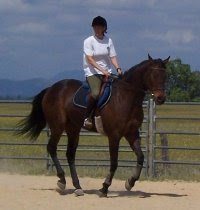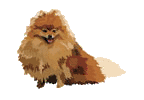
"That smilin' dog," my husband's uncle said. "Just look at that smilin' dog." Tango, our Doberman, had greeted our uncle at a family barbeque.
Tango does truly smile. There may be conflicting evidence about whether dogs smile or not, or even have emotions like humans do ... Tango definitely smiles. In fact, she has the prettiest smile of any dog I've ever seen.
We met Tango in April 2008. Admirers of black-and-tan breeds, my husband and I had set out to find two dogs to provide some security and companionship on our 10-acre property. Our choices for black-and-tans were Rottweiler, Doberman, or Manchester Terrier. We found a listing for Dobermans and decided to give one a try, having researched the breed's characteristics and needs.
Tango's breeder brought her to a local park for us to meet her. She showed us Tango's skills at obedience and socialization (she asked passers-by to pet her dog), and let us get to know her. When my husband knelt down to greet Tango, she put her head in his lap; an instant friend. It took very little time for us to decide that she was the perfect dog for our family. We also chose an unrelated Doberman male from one of the breeder's associates nearby.
We had the dogs we wanted. But one little option did present itself before we had left the park. The breeder, as a suggestion, asked if we would be interested in breeding Tango. She wanted to keep the dog in her own program, but had too many to deal with at the time. Tango's papers were left "open" for registered litters, so it was an option for us. We had not previously considered breeding. However, this dog was worth it. She had correct confirmation, temperament, and personality. A tribute to the Doberman breed. The breeder even offered to help us place the puppies.
As Tango was only six months old at the time, we had some work to do. We immediately began obedience and agility training, then worked towards an AKC CGC certification. CGC is a test that measures obedience, socialization, and manners. Dogs who pass the exam receive a certificate of completion. If both parent dogs are CGC, the puppies are easier to place. Both our dogs passed the CGC easily. We also began calendar-watching for Tango's heat cycle. She came into heat on June 25, 2008 ... her first birthday. As we planned to breed on the third cycle, we watched how her cycle progressed into December, when she came in on December 1, 2008. We noted body changes, attitude, and behavior towards our male (he was neutered, of course). By the time the third cycle arrived, we'd have some data to work from. Tango would also be mature enough for motherhood.
On May 13, 2009, we began to see signs (spotting) that the third heat cycle was underway. I contacted Tango's breeder to let her know the cycle had started. She gave us a date to bring Tango to her facility. She had a newly acquired male that would be a perfect match. Thus on May 25, Tango met her first suitor, Rambo. The breeder reported two successful "ties," where the dogs make the connection correctly. Once again we noted our calendars and embarked upon a new waiting game: "Is she or isn't she?"
It normally takes five weeks, depending on the dog and breed, to know if there are puppies on the way. At 45 days, an x-ray can determine if there are puppies, and how many. At one month, we are still at wait-and-see. According to the breeder, it is rare to not have a pregnancy if there are successful ties at the right time of the cycle. After a year and a half of planning, saving funds, and working with the dogs, we are hopeful that a lovely little bunch of pups will arrive in 2-3 more weeks. It has been an interesting, and educational, experience ... and it has potential to be even more so very soon! My biggest hope is that the pups will inherit Tango's winning smile.
Bonnie Cox and her husband have owned family dogs since childhood. The regularly work their two dogs, Tango and Odie, in obedience and agility. This is their first foray into breeding a dog, though they have had breeding programs for other animals (sheep, cattle, horses) in the past. Bonnie Cox plans to write an e-book about her dog's entire pregnancy when the puppies are weaned and placed with new homes (the puppy list already has 5 names). http://www.antlerhollowmillville.com; http://millvillegrammarcop.blogspot.com
Article Source: http://EzineArticles.com/?expert=Bonnie_Joy_Cox

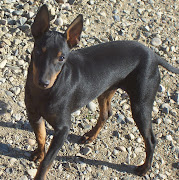
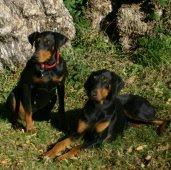
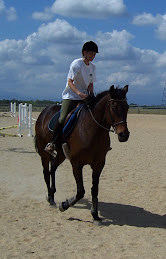.jpg)
